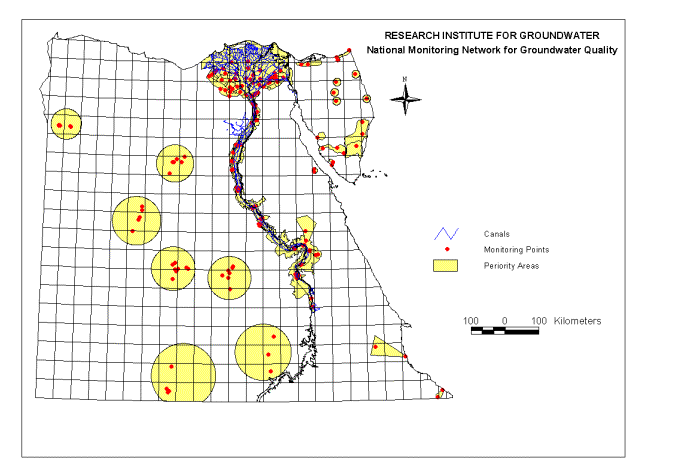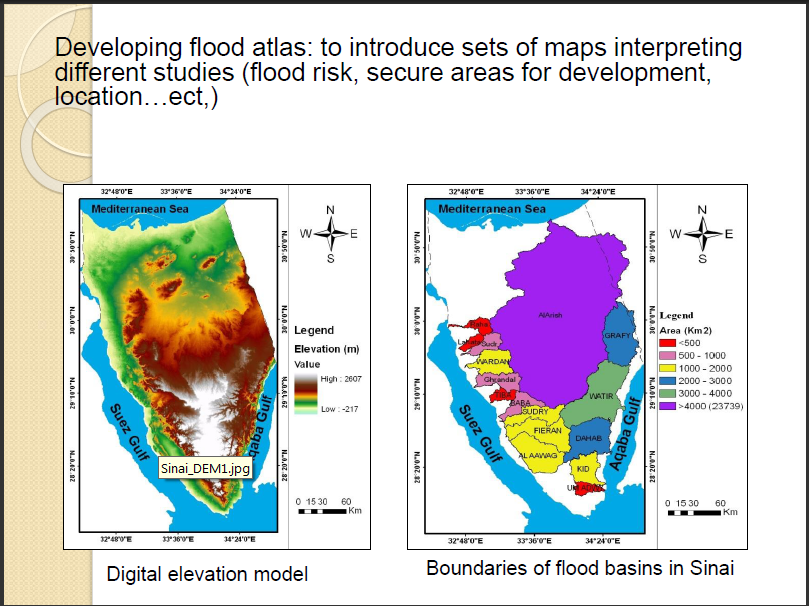
Sustainable development in Fayoum and Minya governorates by rehabilitation and development of the irrigation infrastructure
The National Water Research Center (NWRC) represented by the Channel Maintenance Research Institute (CMRI), the Water Management Research Institute (WMRI), and the Geographic Information Systems Unit Central (GISUC) have carried out many activities such as studying and identifying problems in the water distribution network and preparing infrastructure solutions for irrigation in Fayoum and Minya Governorates. The project aims at supporting and enhancing the rural community capacities to manage their available water resources, in order to achieve the sustainable development of those areas. The main objective of the project is to increase agricultural production by managing water resources more effectively for canals and mesquas. It is worth mentioning herein that the NWRC is the project consultant. The duration of the project was planned for 36-month (from April 2016 to March 2019) to rehabilitate and develop irrigation infrastructure in Fayoum and Minya Governorates. However, the project was extended for 1.5 years with total funding of €6 million, where the Italian Cooperation Department is responsible for managing the technical work of the project. The highlight of project results ? Development and rehabilitation of mesqas at (Bahr Awlad Mohamed (BAM) and Bahr Bahmo (BB)) areas in Fayoum Governorate (irrigation areas 6497 feddans) in addition to Hafiz Al Sharqia Canal in Minya Governorate (irrigation areas 6896 feddans). ? Enhancing the capacities of rural communities and Water Users’ Associations (WUA) to promote sustainable water management and increase per capita income in those areas. ? Improving irrigation systems, significantly increasing water use efficiency, agricultural productivity, and increasing crop per drop. ? Reducing diseases affecting crops consequently the lack of pesticide uses due to the availability of water of high quality at the end of the canals. ? Rehabilitation of roads next to the canals to reach the width of 8 m, which helps the irrigation engineer to facilitate movement and maintain the irrigation system, and also allowed the farmer to easily transport the equipment used in agriculture and the transportation of crops. ? Reduce annual spending on maintenance and clearance of canals. ? Reduce fuel used for irrigation. ? Protection of irrigation land uses on both sides of the canal. ? Increase cultivate areas due to water availability in the period of maximum needs. ? Make users aware of the importance of water and its protection.

